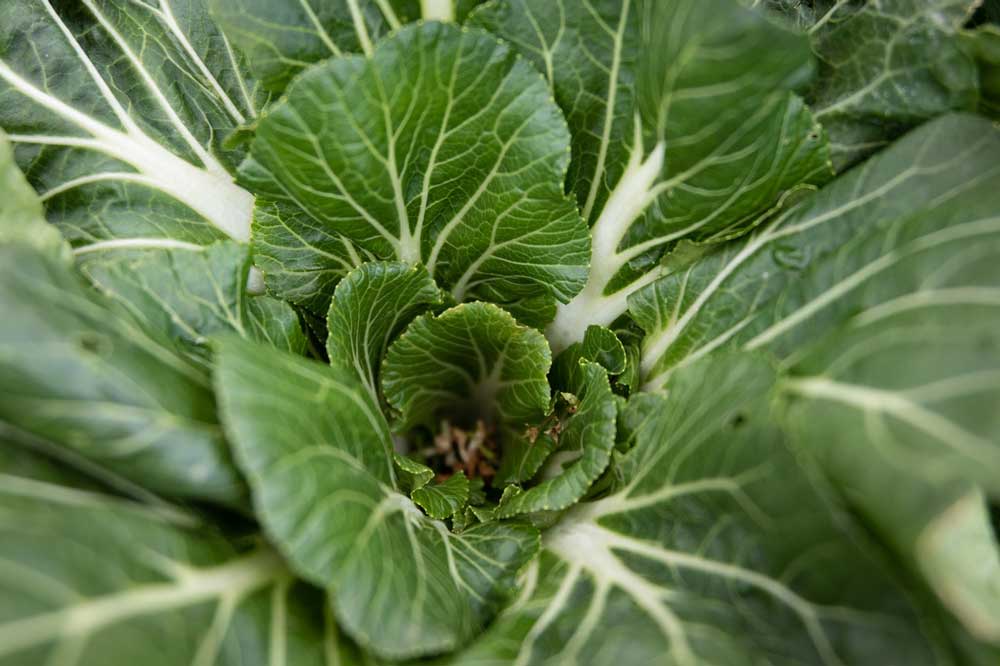After two years of a pandemic, we have shifted our entire focus to health and immunity. Many people are looking for ways to take care of their bodies and slow down the aging process.
Moreover, people are more interested in nutrient-dense food rather than calorie-dense food. Also called superfoods, nutrient-dense food is packed with vitamins, minerals, fibers, antioxidants, phytochemicals, flavonoids, and fatty acids.
Known as powerhouses of the food chain, superfoods are packed with antioxidants, anti-inflammatory properties, and immune-boosting properties that protect against everything from heart attacks and cancer to arthritis and depression.
Here are 7 superfoods that will meet the above criteria and are worth mentioning:
- Kelp & Seaweed:
Kelp is a brown seaweed that grows in shallow water near coastal areas. Both are high in antioxidants and contain great amounts of iodine, vitamin K, vitamin E, B vitamins, iron, omega-3s, and zinc. Kelp can be added to soups, salads, or even to desserts. - Fermented foods:
These types of foods are still trendy because of the constant discoveries of their health benefits. Kefir, kimchi, miso, kombucha, sauerkraut, pickles, and yogurt are all types of fermented foods that support our microbiome which in return will enhance overall health and immunity. These foods provide anti-inflammatory, anti-fungal, anti-microbial, as well as anti-carcinogenic properties. - Ancient grains:
We all heard about the importance of adding whole grains into our diets. Ancient grains include quinoa, khorsan wheat (kamut), farro, spelt, barley, millet, and amaranth. It’s called ancient because it has been grown the same way for hundreds of years unlike other refined types of grains. These grains tend to be higher in protein, fibers, omega-3s, zinc, and B vitamins. In addition, ancient grains can reduce the risk of stroke, type 2 diabetes, inflammatory diseases, and heart diseases. Keep in mind that although ancient grains are healthy, they are still carbohydrates, and you should have them in moderate quantities. - Mankai duckweed:
You probably haven’t heard of Mankai. Mankai is a new high-protein aquatic plant strain of duckweed. It controls blood sugar and is high in polyphenols, fibers, minerals, B vitamins, zinc, iron, and vitamin A. Because it’s tasteless and odorless, it can be added to many recipes to raise your meal’s nutritional value. - Colorful vegetables & fruits:
Beetroot, pomegranate, radish, berries, peppers (all colors), dark leafy greens, carrot, sweet potatoes, grapefruit, and every type of fruit and vegetable that’s bright in color (red, purple, orange, green, yellow) contain high amounts of antioxidants and anthocyanins that protect from age-related diseases such as cancer, heart disease, and diabetes. - Superseeds:
Seeds are packed with essential nutrients like omega-3s, iron, fibers, proteins, phytosterols, vitamins, and minerals that add a great nutritional value to any meal. Chia seeds, hemp seeds, flaxseeds, pumpkin seeds, and sesame seeds can all reduce the risk of heart disease, lower cholesterol levels, support immune function, and stabilize blood sugar. It’s important to note that flaxseeds should be grounded before consumption and stored in an airtight container in the fridge.
You may add those seeds to your salad, oatmeal, porridge, soup, and smoothie. - Lucuma:
Lucuma is the fruit of the Pouteria lucuma tree native to South America. It’s found as a powder and contains a variety of antioxidants and polyphenols. In addition, it may help in controlling blood sugar and protecting against heart disease. Due to its sweet taste, lucuma is used as a sweetener but contains only 2g of sugar per tablespoon. It’s a trendy, natural, and lower sugar sweetener option for 2022.
It’s worth mentioning that no single food can drastically improve your health. Eating a wide variety of healthy food packed with nutrients will impact and support health in the long run. It’s the combination of different types of macronutrients that are served on one plate that will optimize the health benefits of each type of food.

